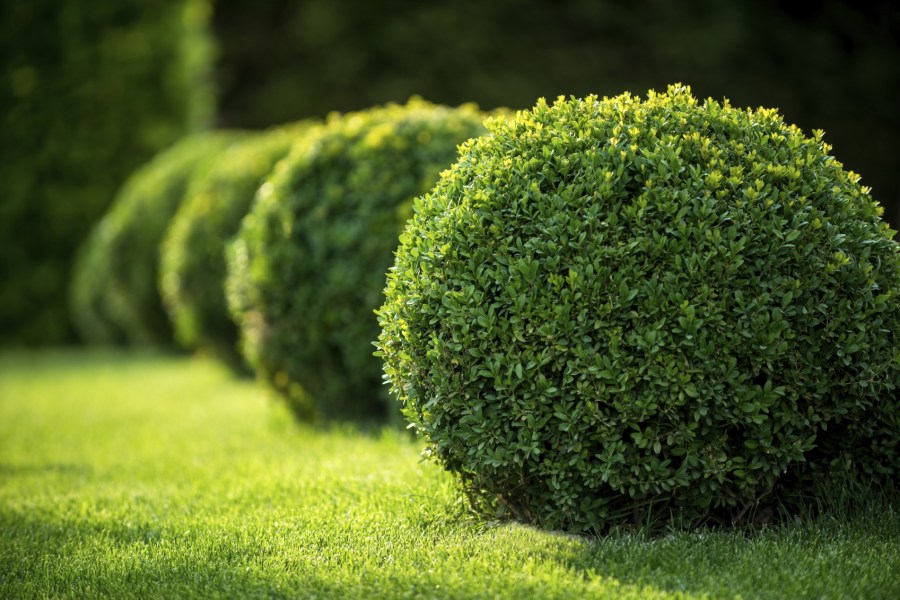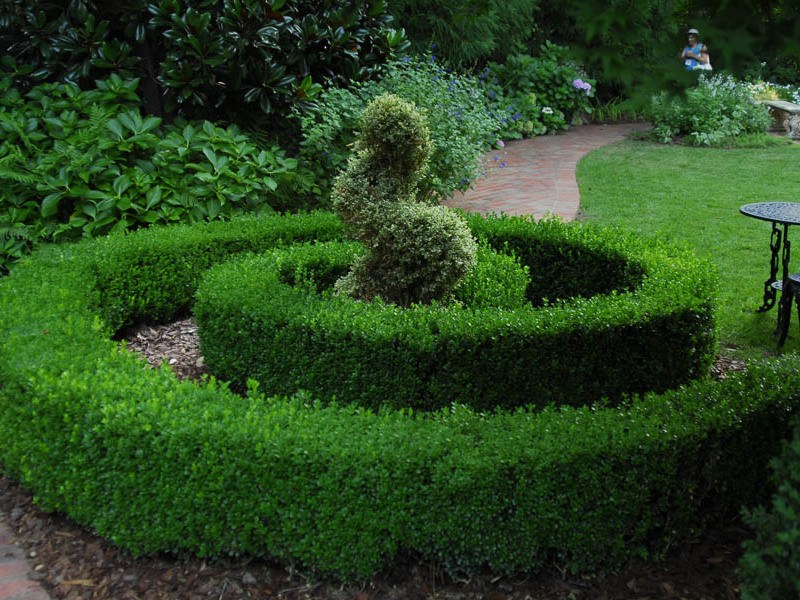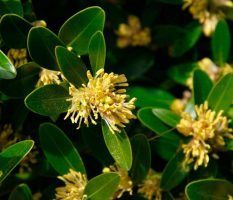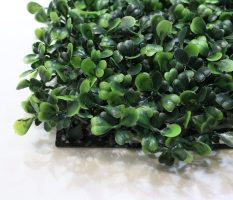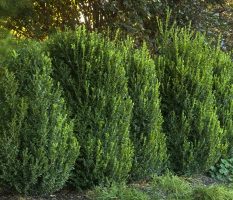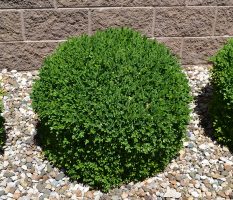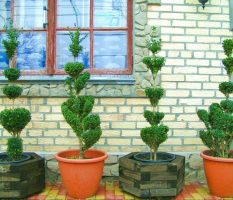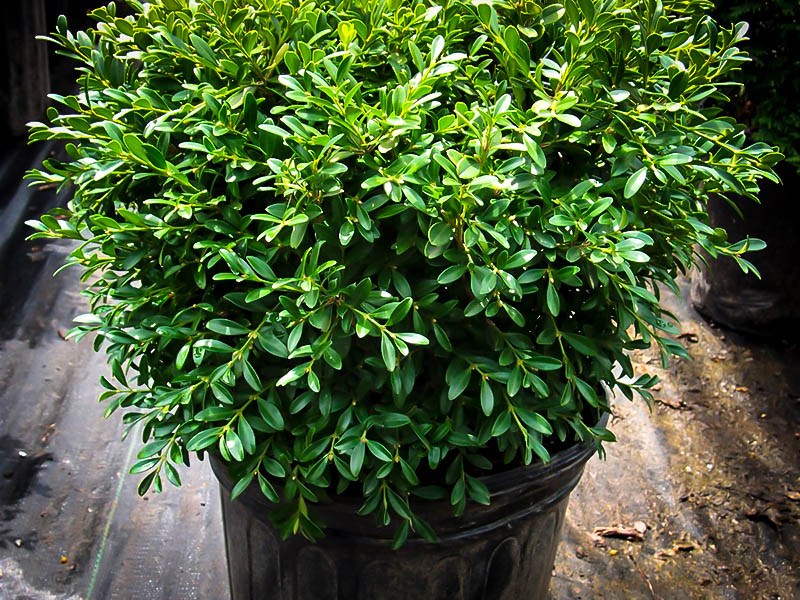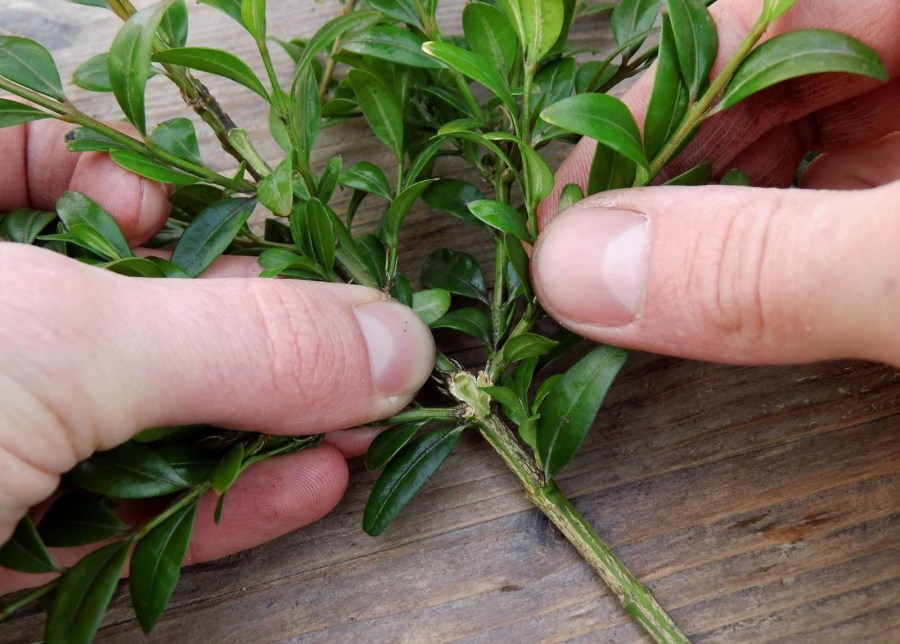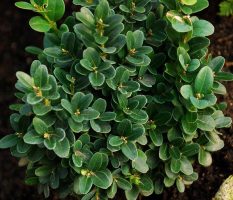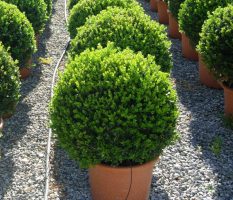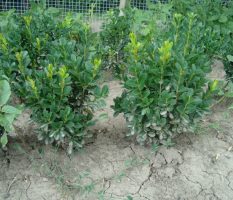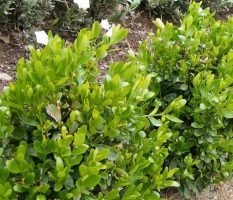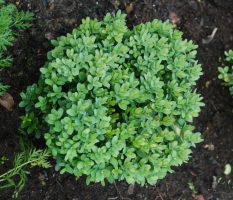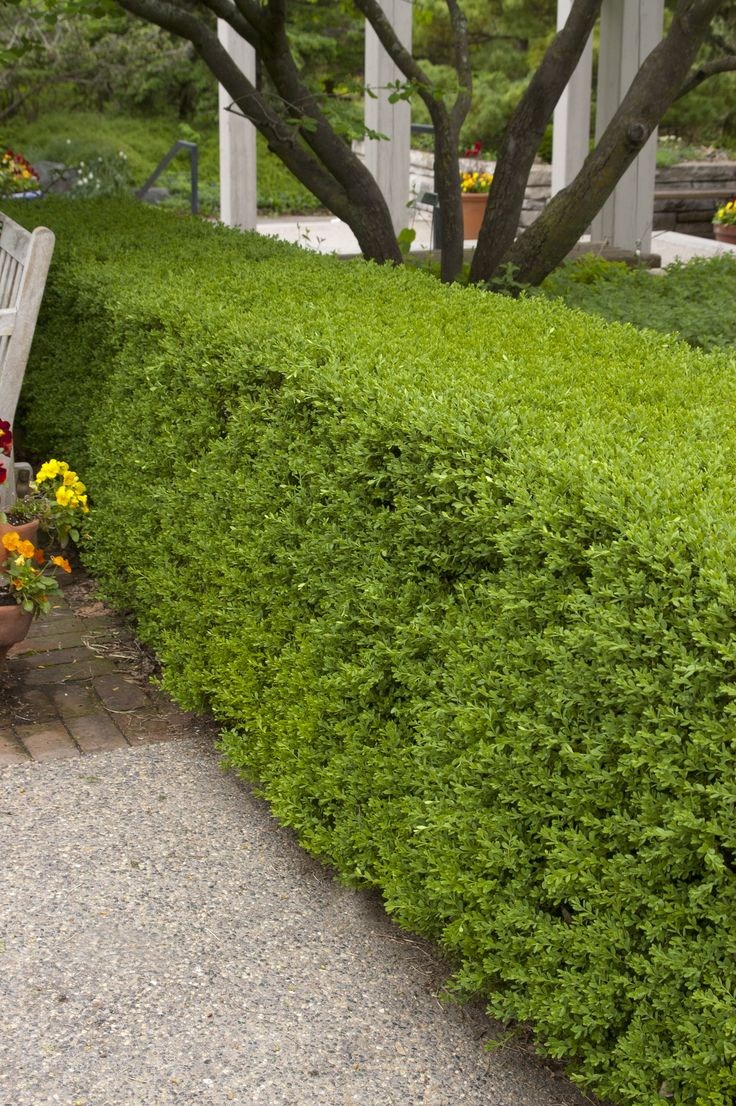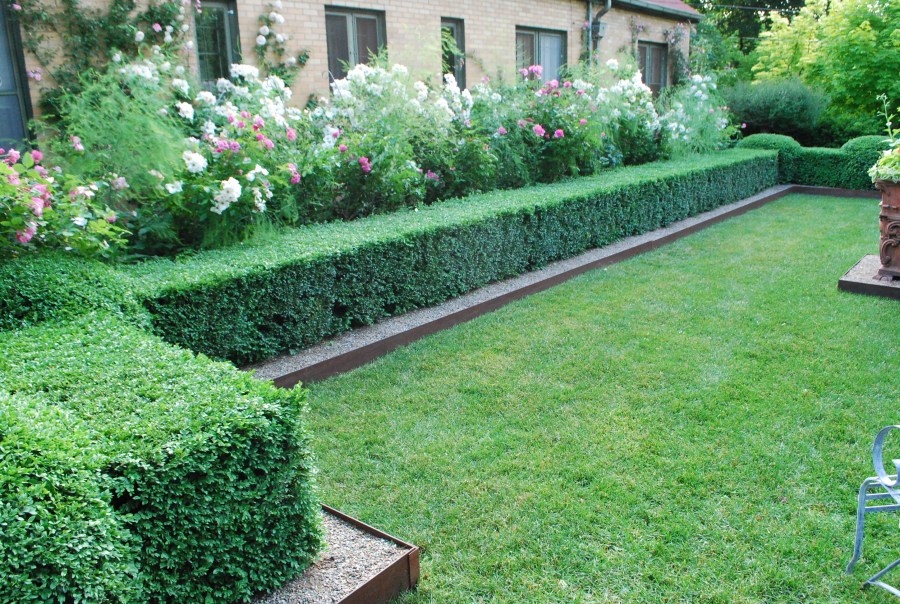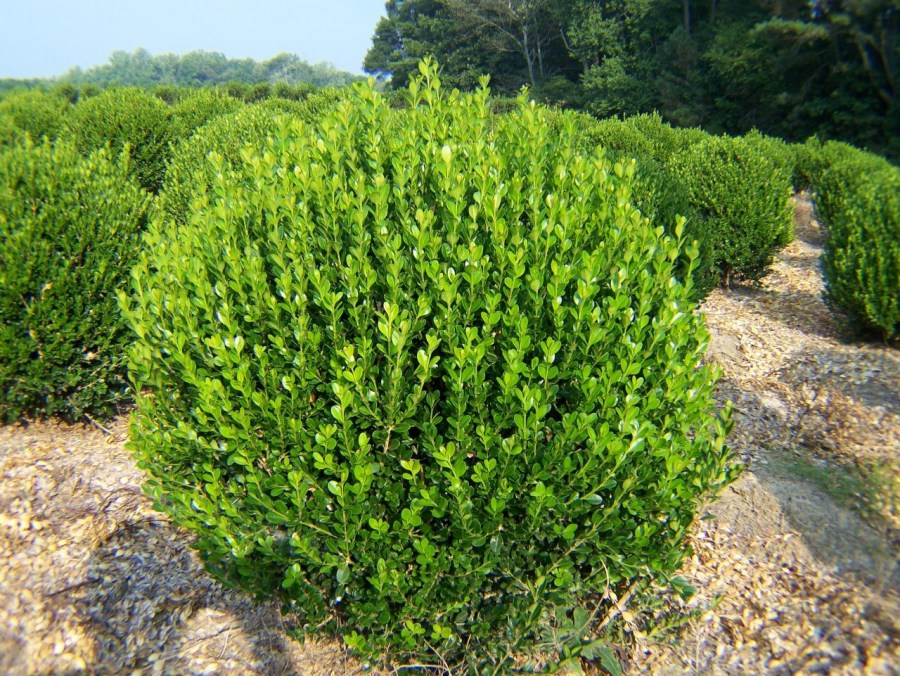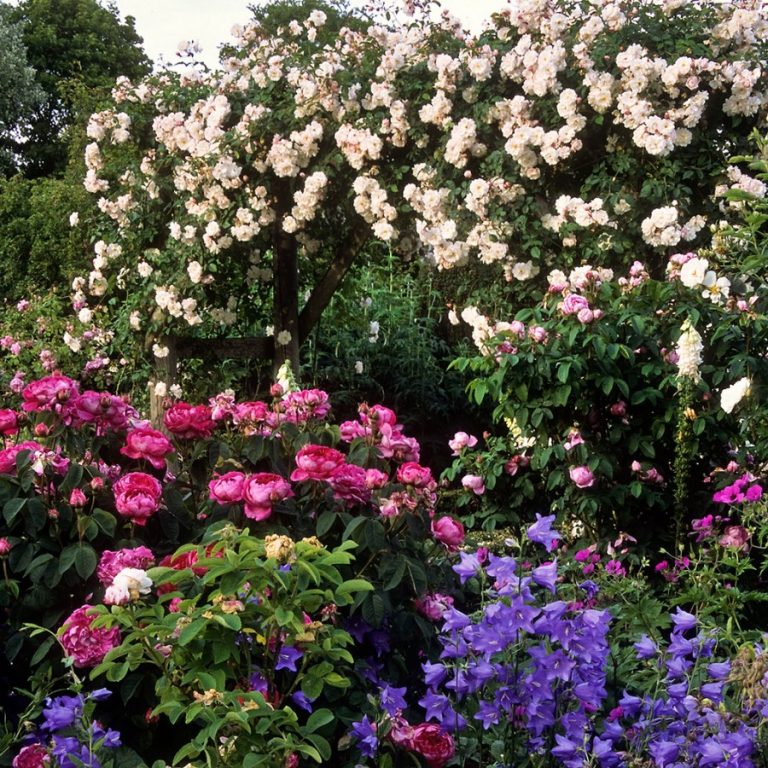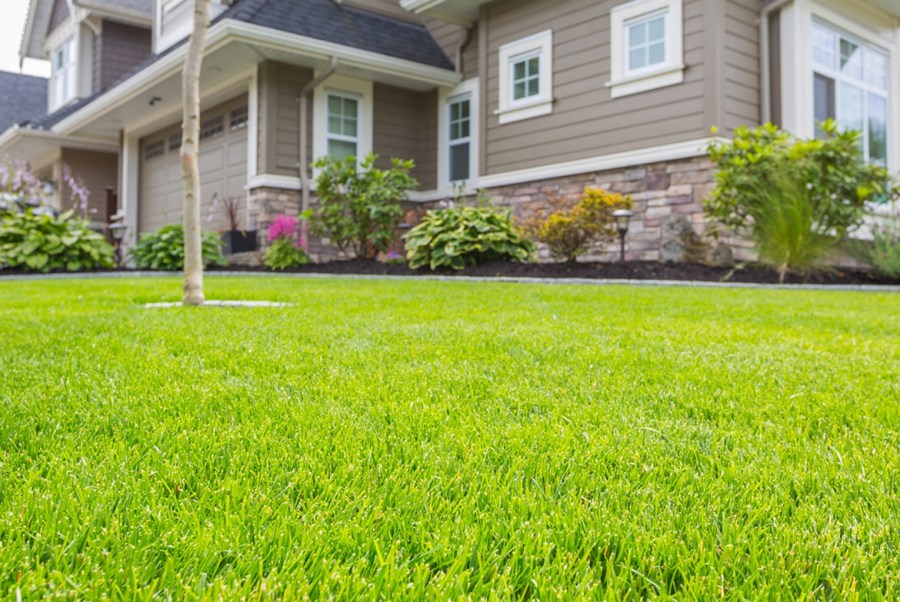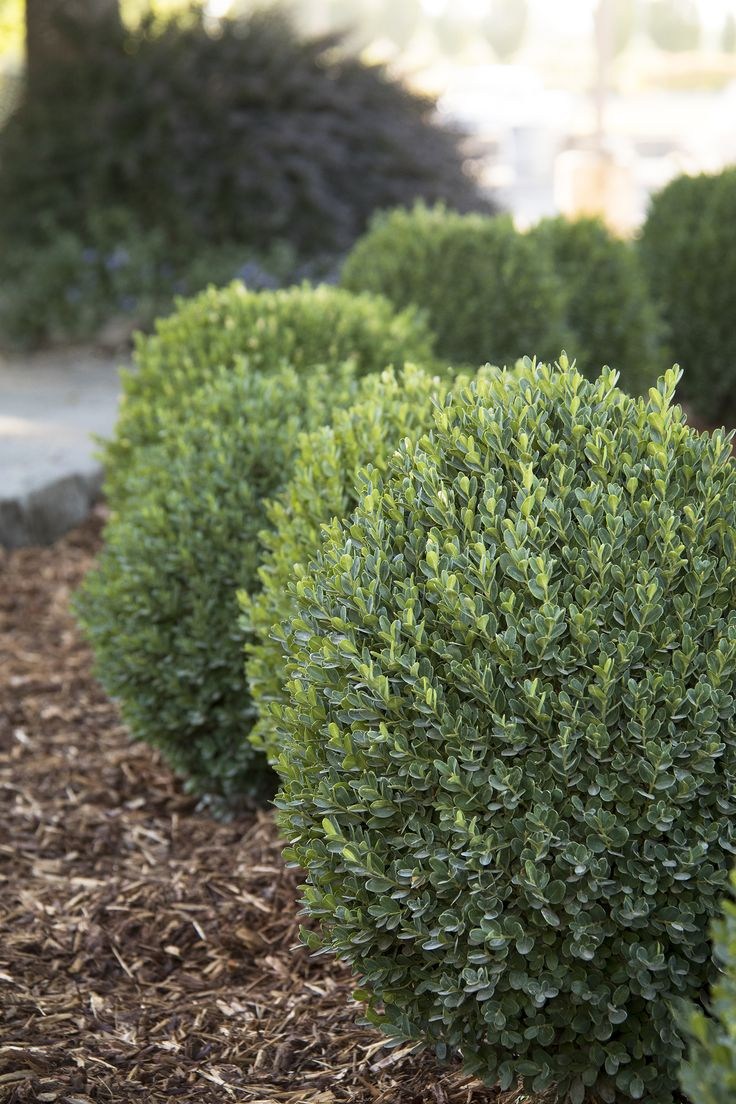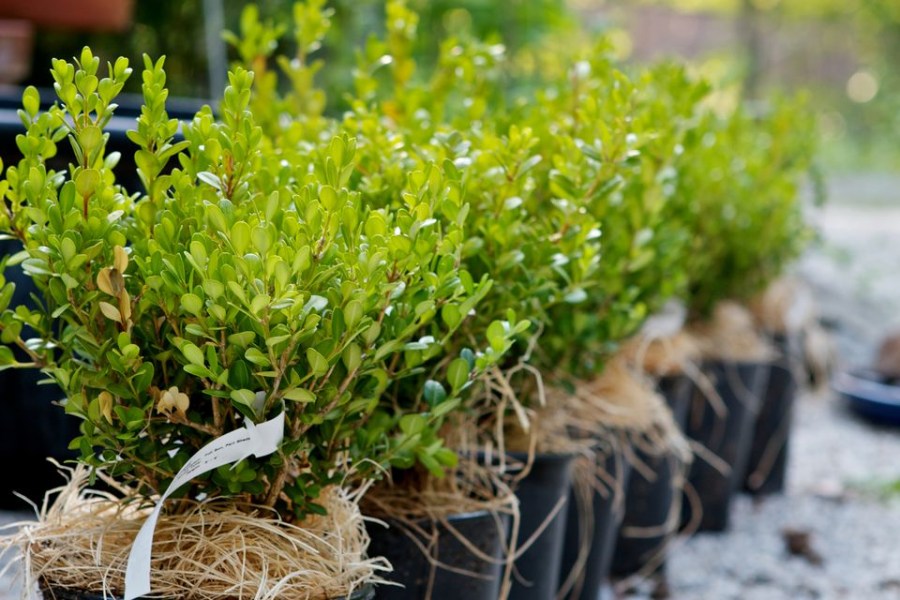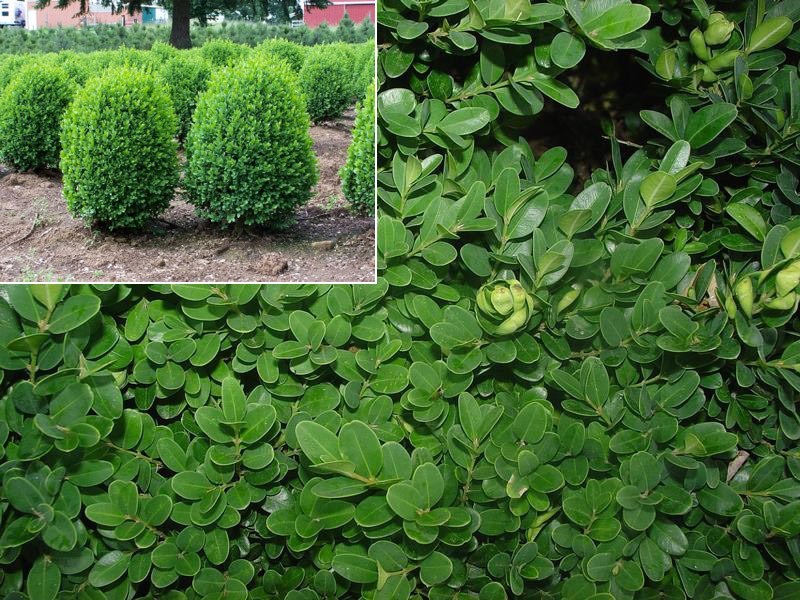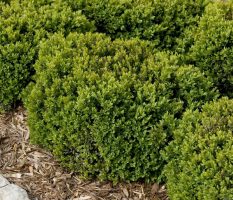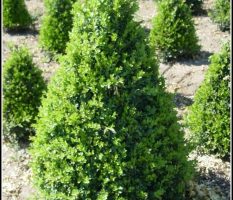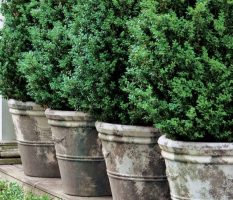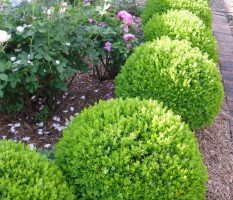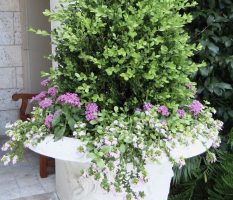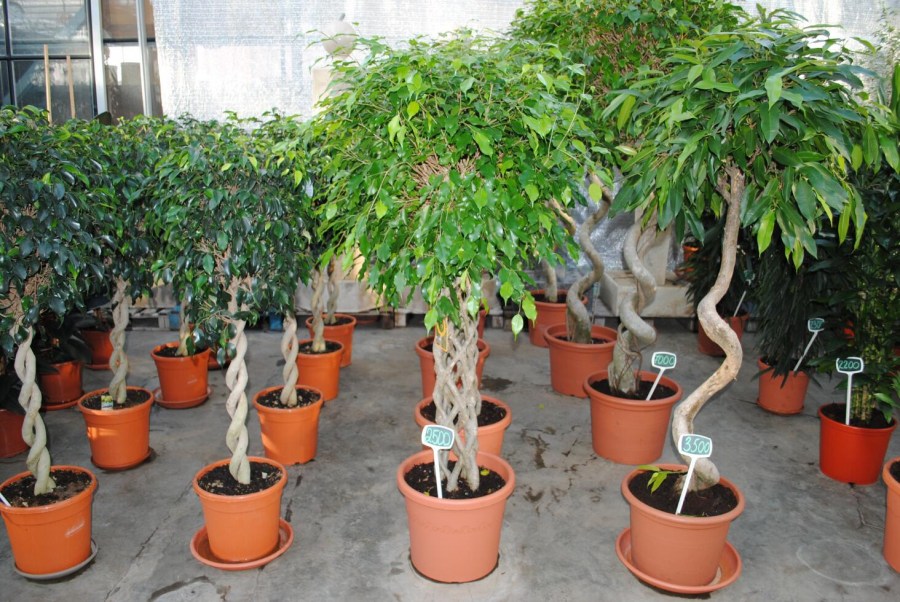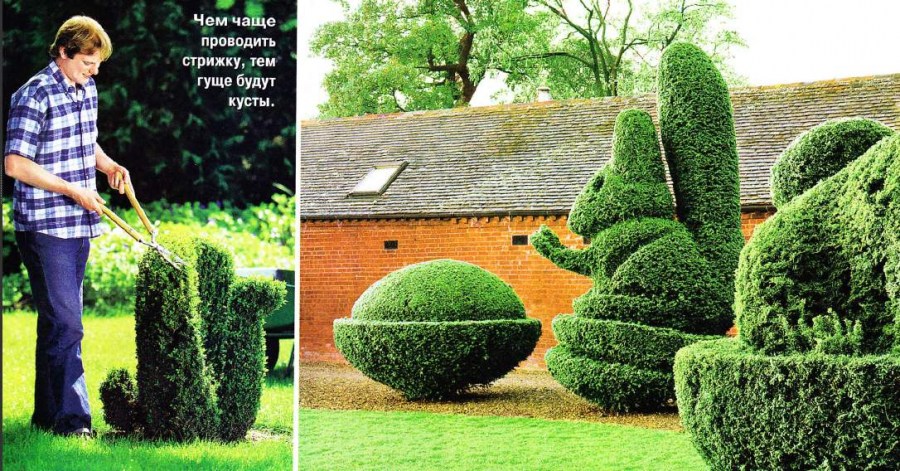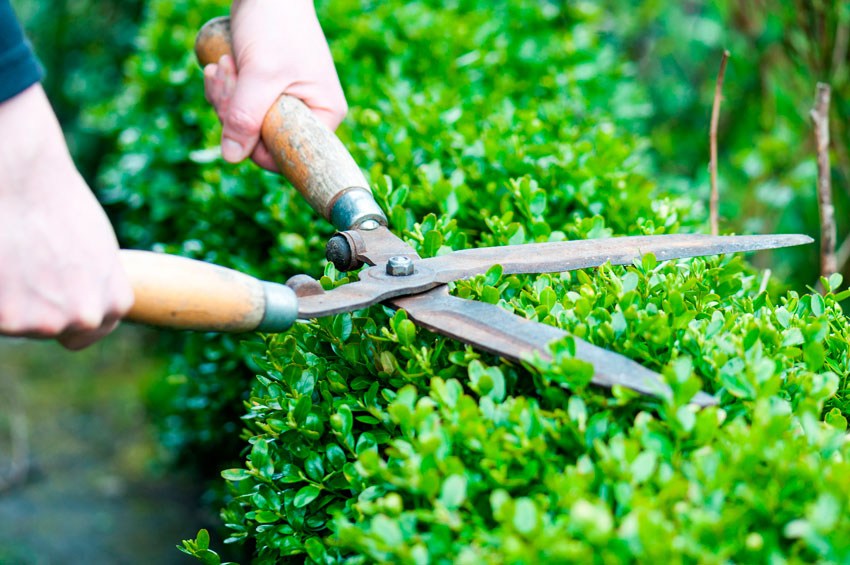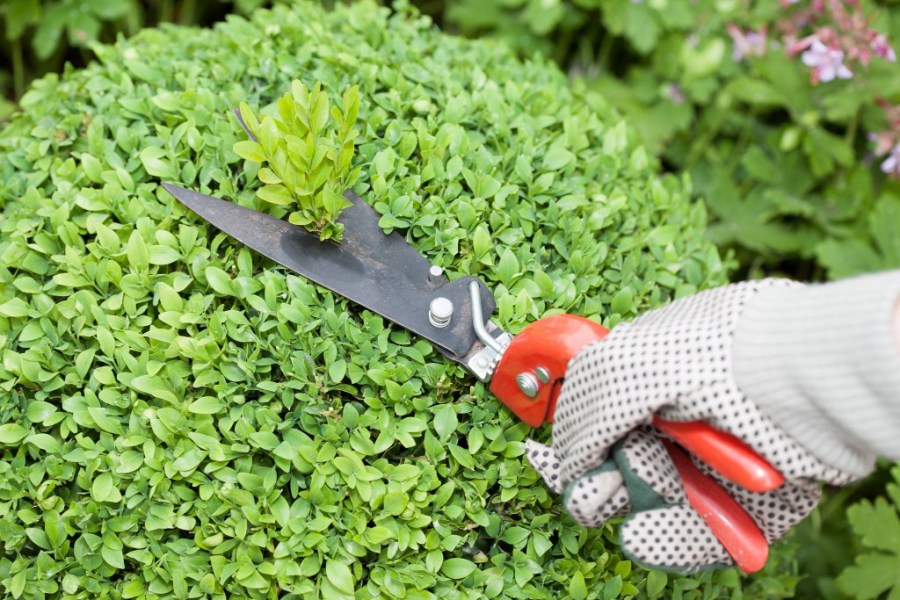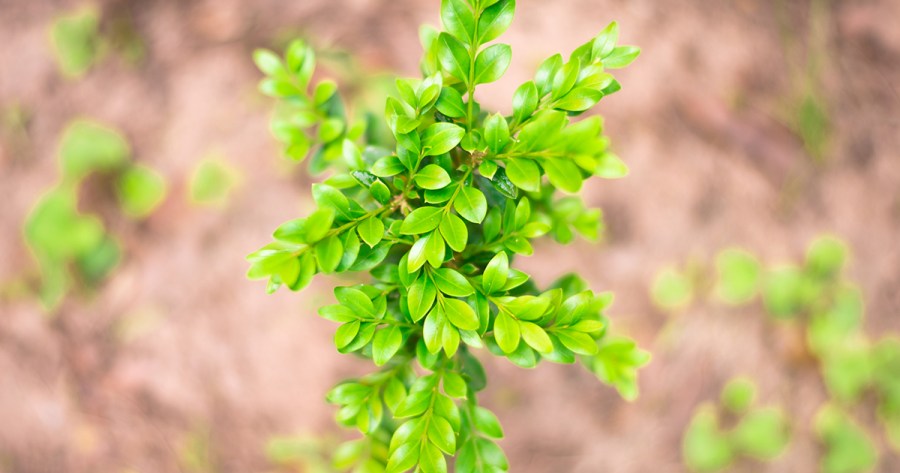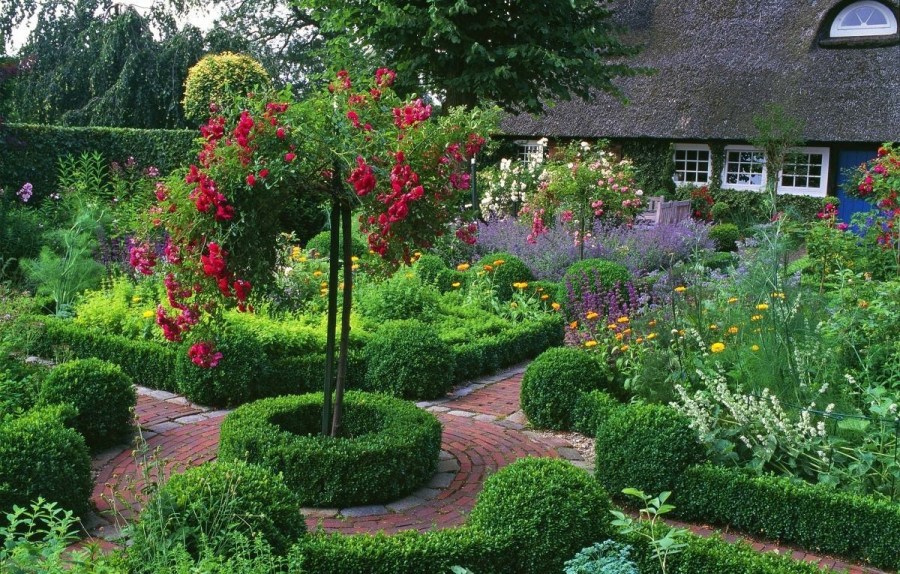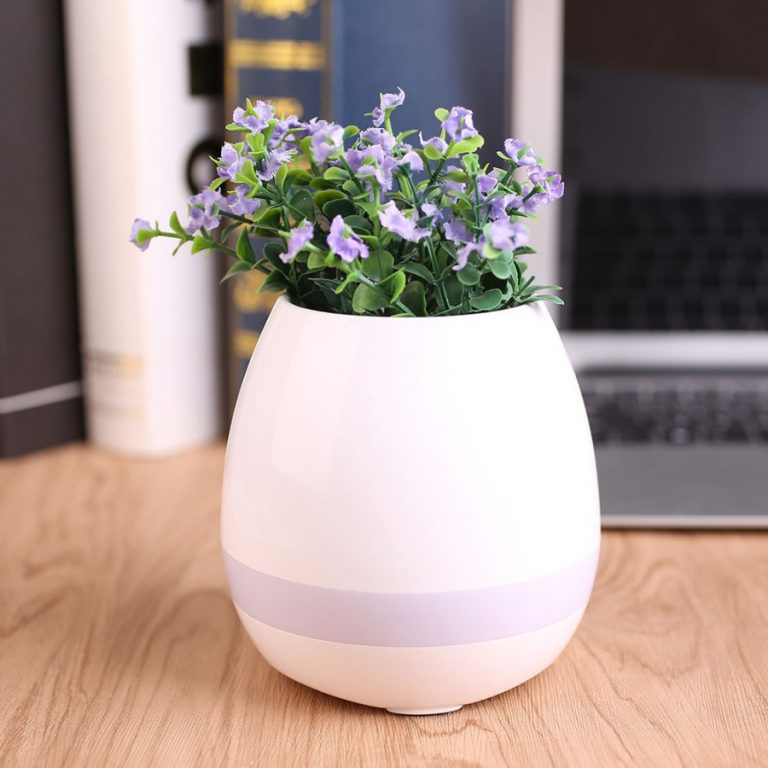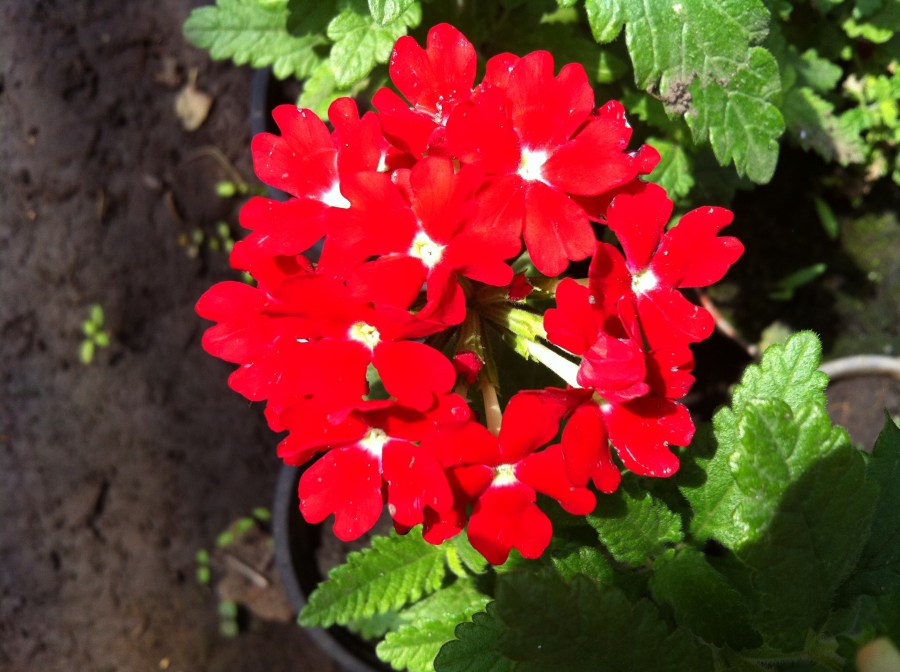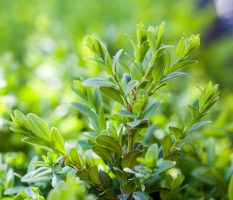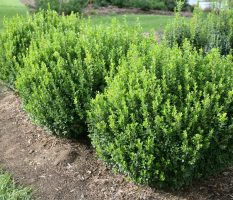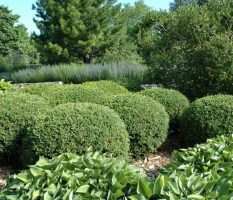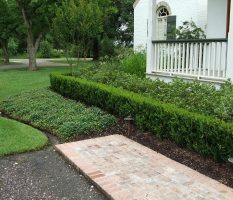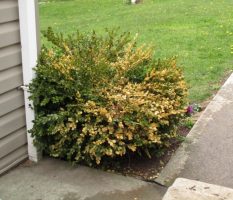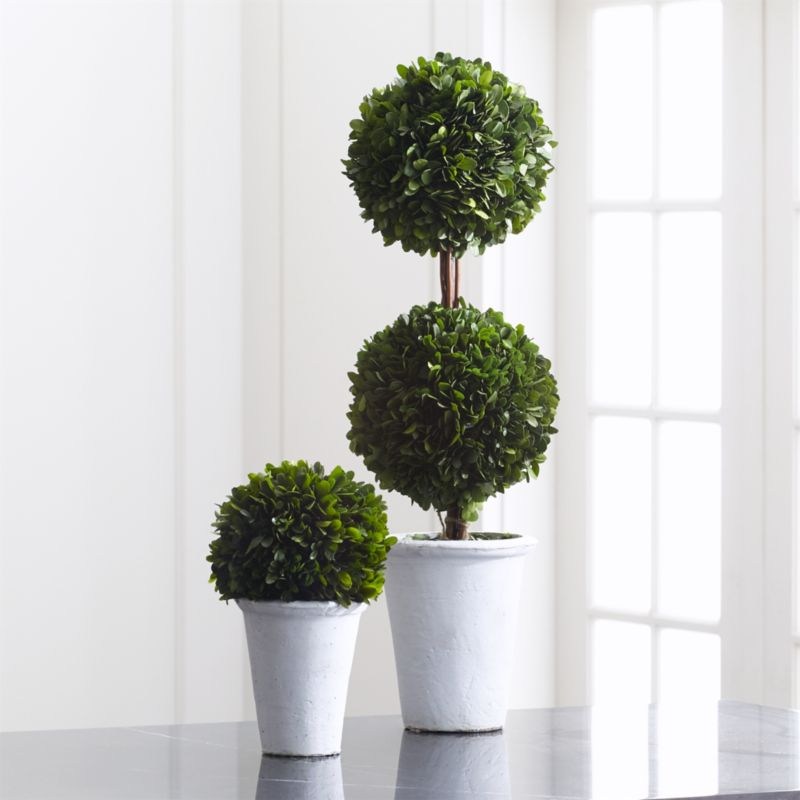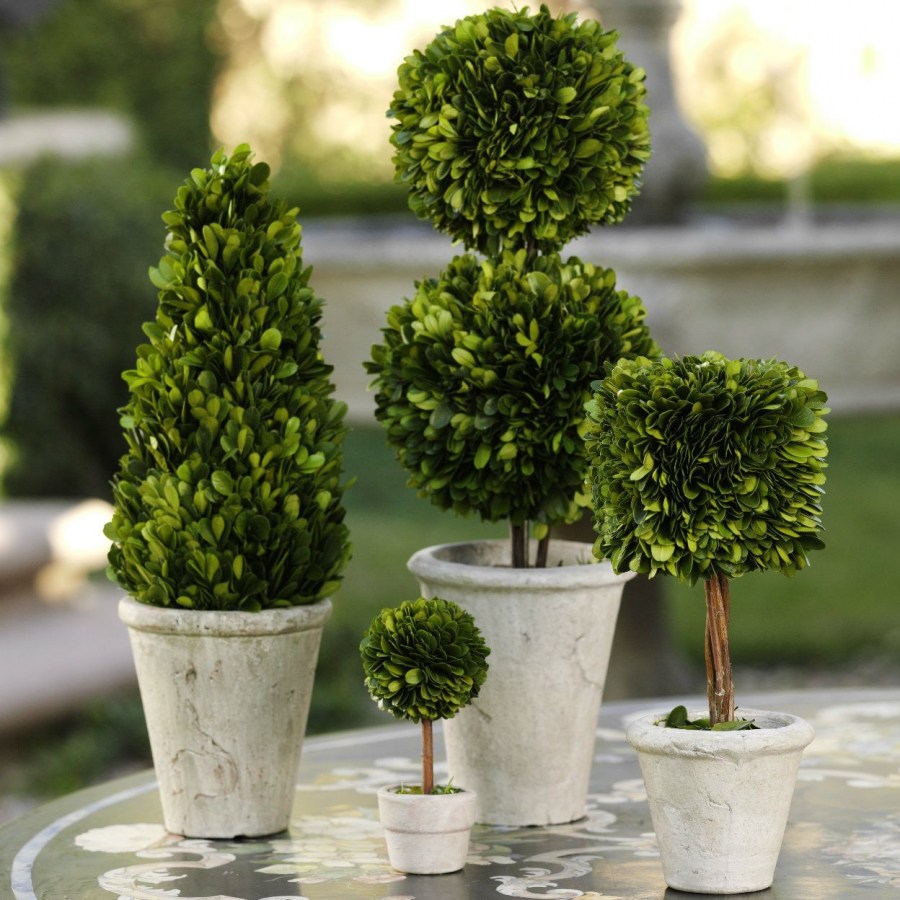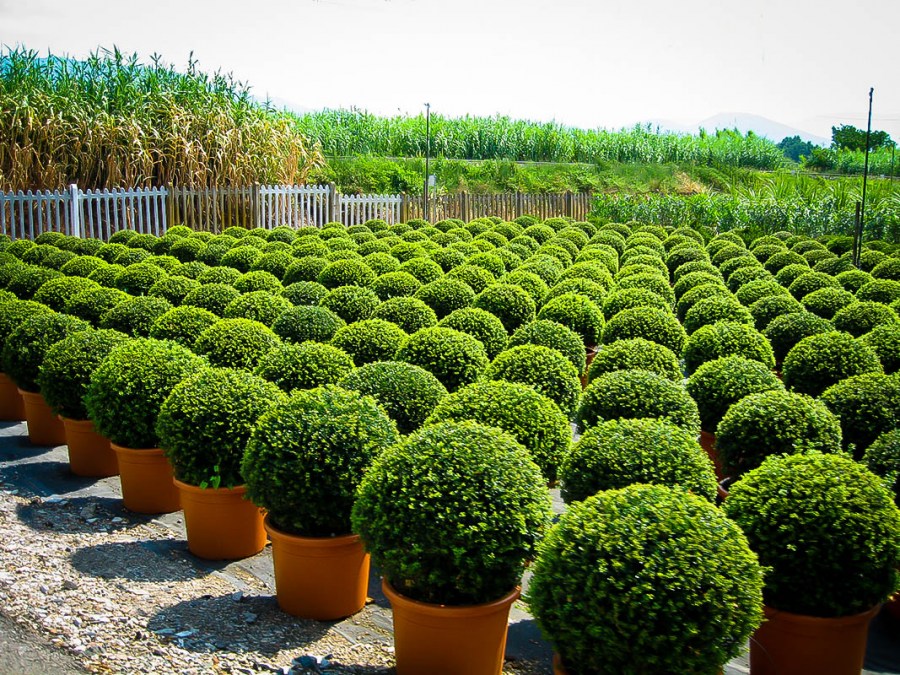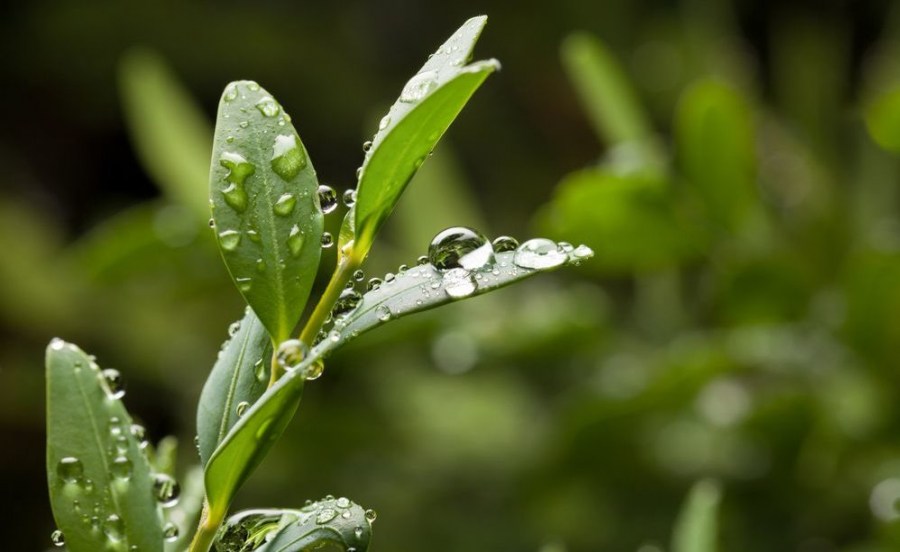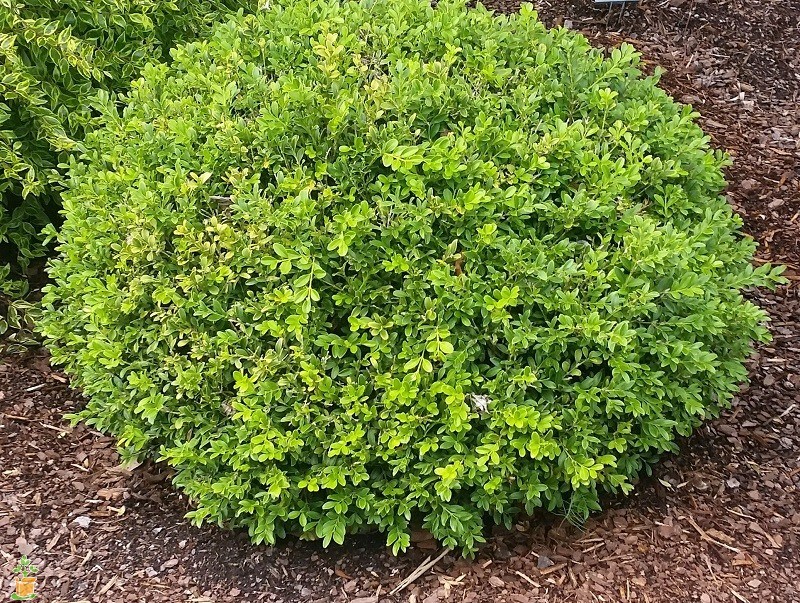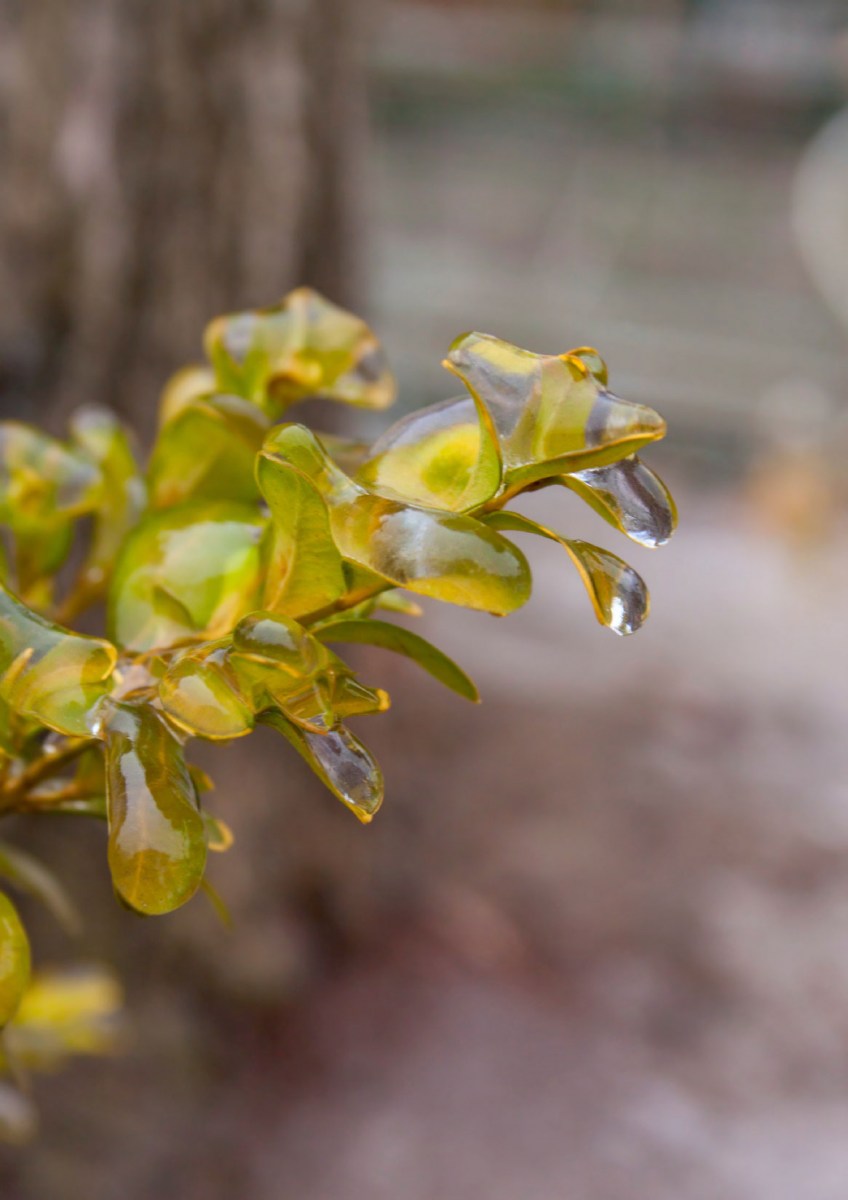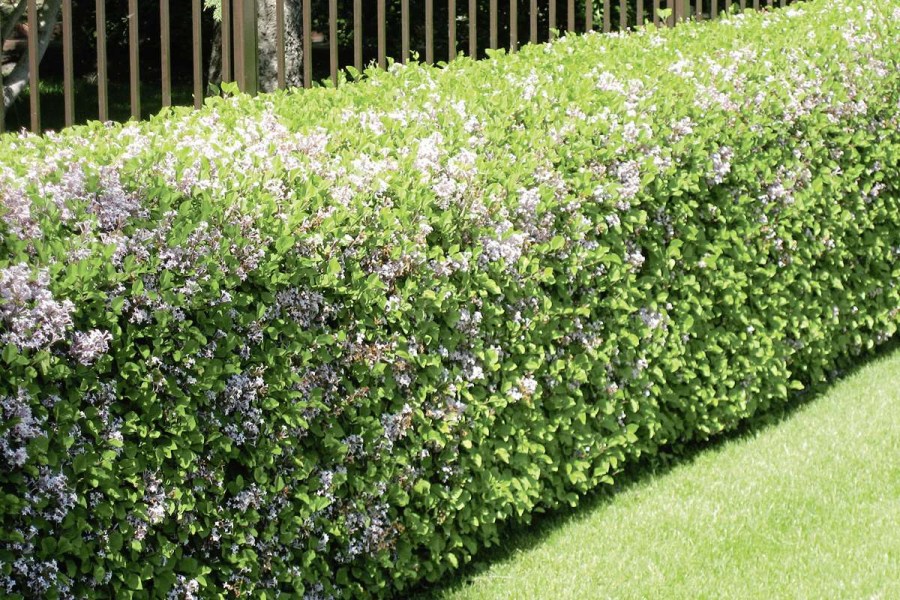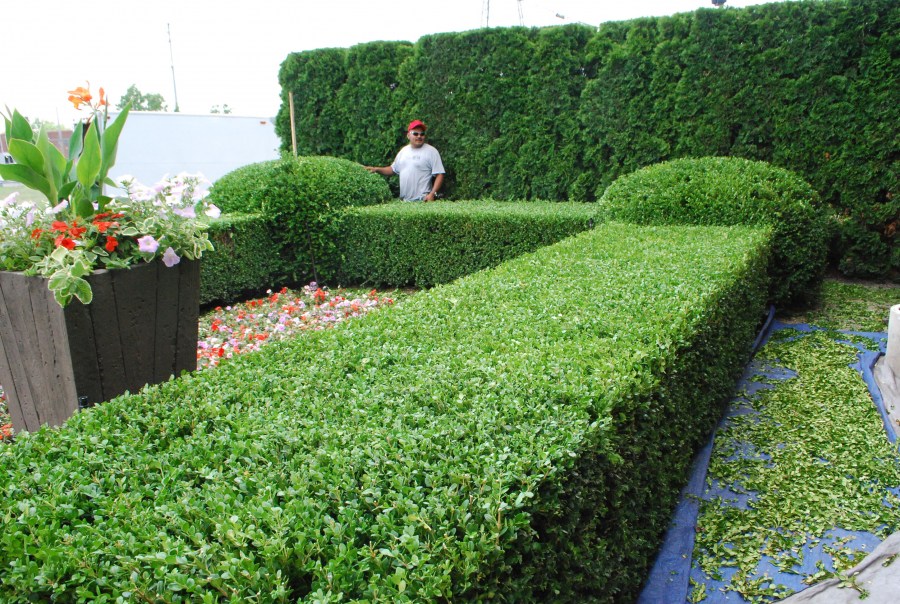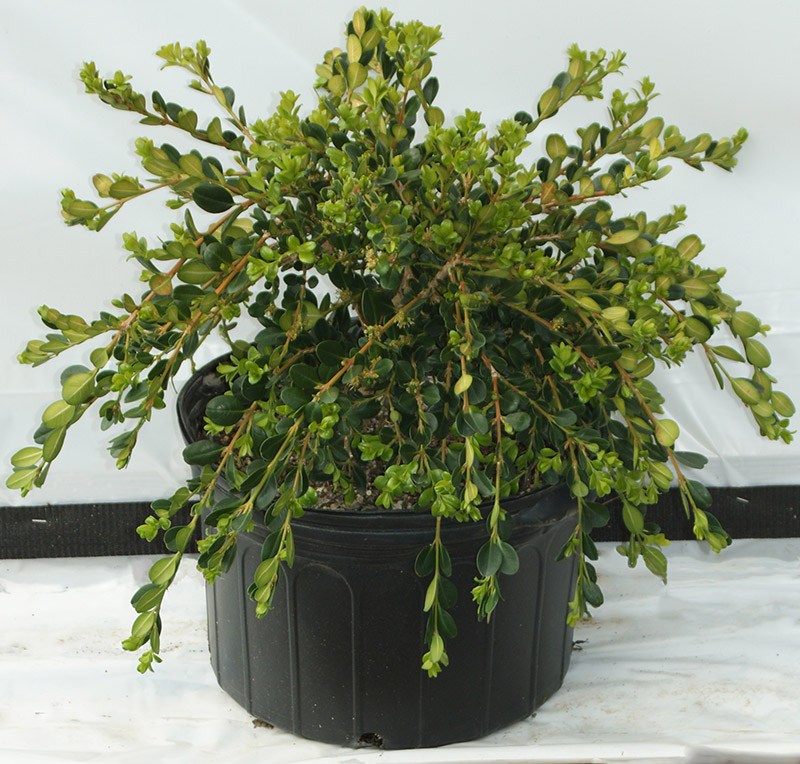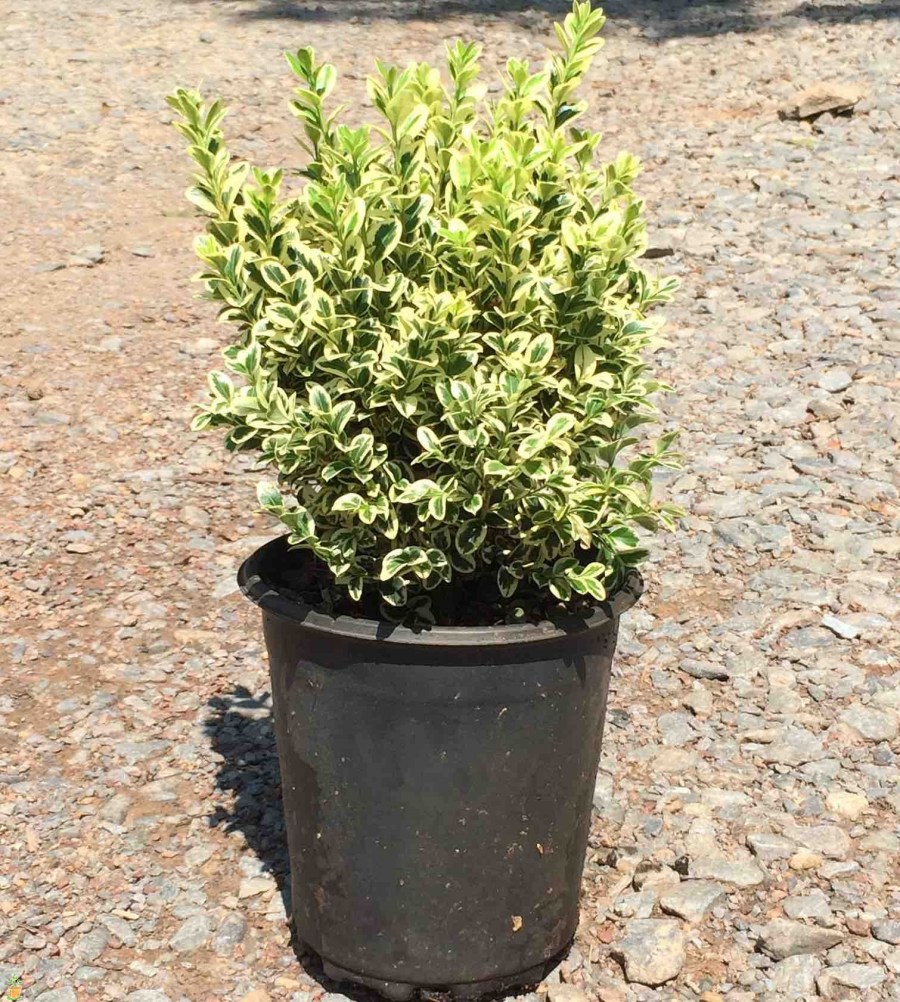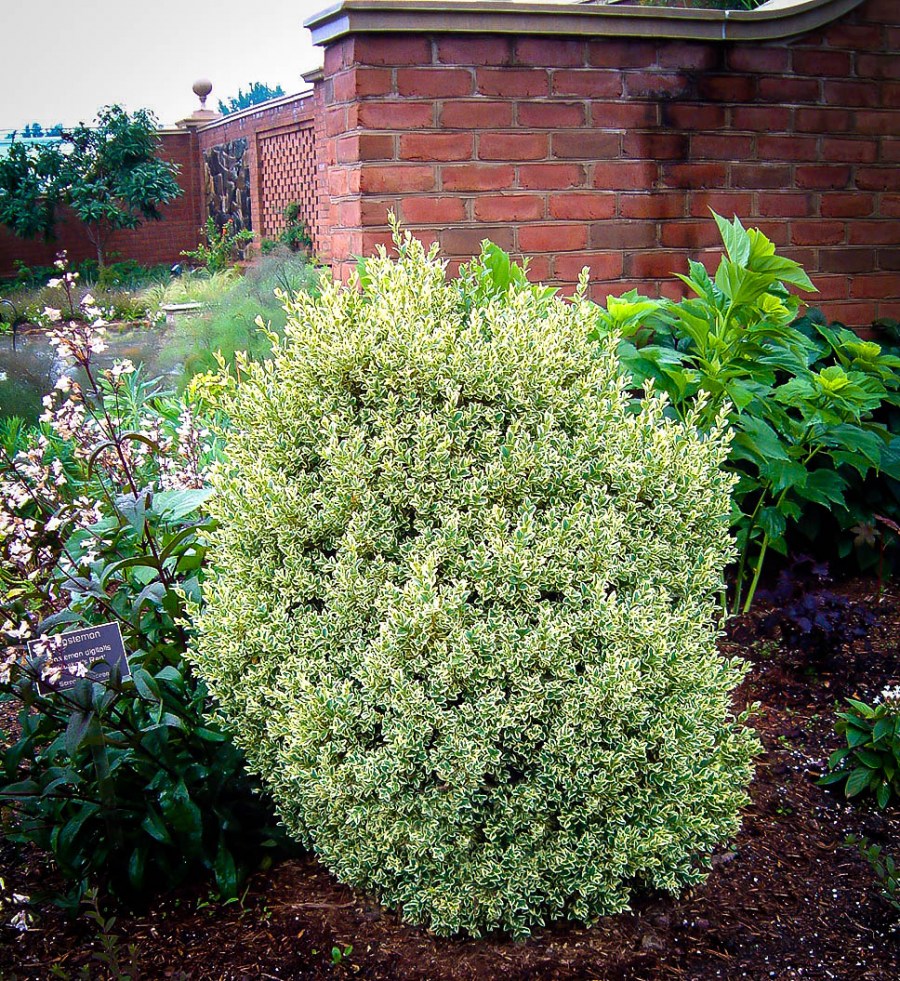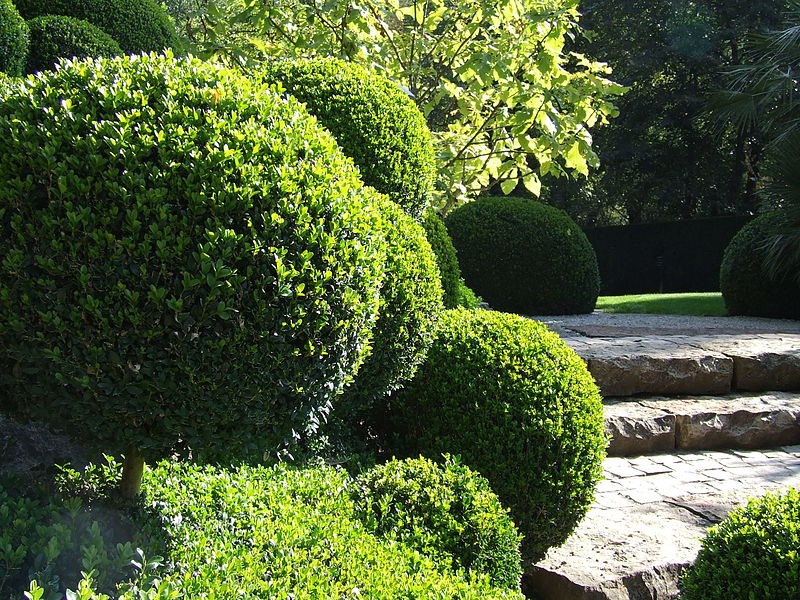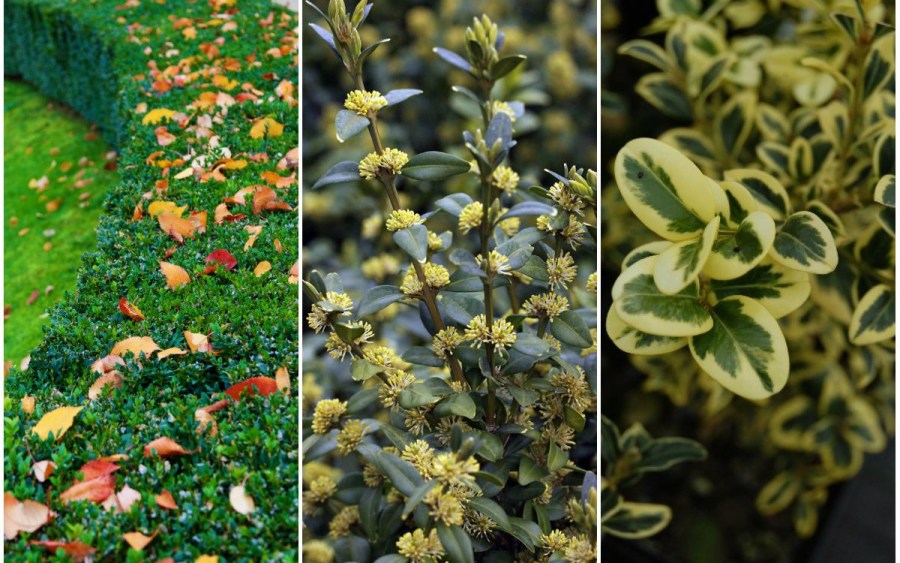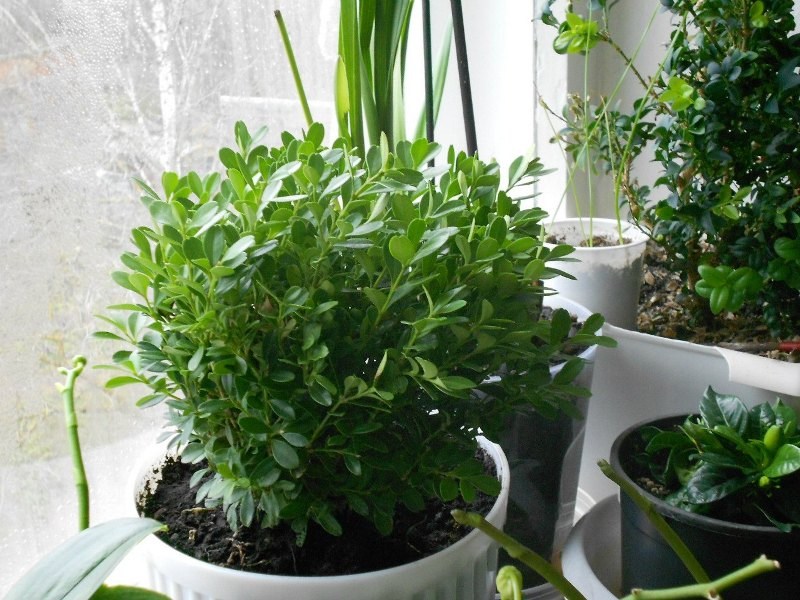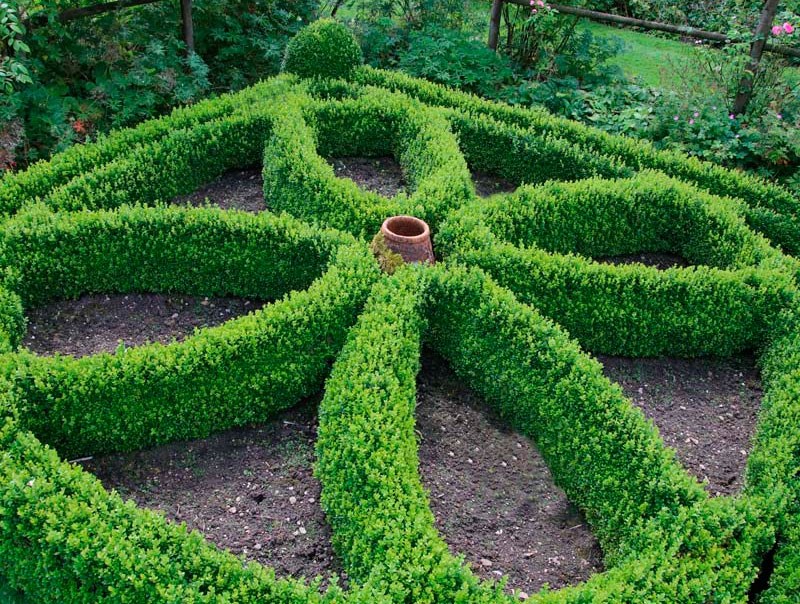Boxwood - features of reconciliation in the design of the garden, and proper care of the bush (90 photos)
The boxwood plant belongs to evergreen shrubs and trees. Its other name is Buscus or stone tree. Boxwood grows rather slowly and has hardwood. In addition, it is plastic and easily tolerates a haircut. This plant is a favorite of landscape designers. They create magnificent hedges and borders from it, and also use it in the formation of topiary.
In addition, it is planted as a separate independent bush, forming in the form of a pyramid, ball, cube, etc. Boxwood is also great for creating bizarre mazes. The homeland of this shrub is considered the Mediterranean, East Asia and the West Indies.
As noted earlier, the growth of a stone tree is slow, it grows only 5-6 cm per year, so the shape and density of the crown is perfectly preserved between the haircuts. According to experts, with proper care, boxwood can live up to six hundred years.
Slowed growth and beautiful appearance contributed to the fact that it has become an indispensable part of any landscape gardening ensemble. It is also possible to grow it as a houseplant.
Growing in nature, boxwood can reach a height of 14 meters. There are tree and shrub species of Buscus.
Boxwood Description
There are approximately three dozen types of boxwood. Despite the fact that the plant is poisonous, it is known for its healing and antibacterial qualities.
Boxwood flowers do not play a decorative role - they are small and nondescript. In the photo of boxwood, it can be seen that its fruits are solid three-parted bolls, inside of which are small black seeds.
How to plant boxwood
This shrub is best planted in a neutral acid loamy soil. Soil fertility does not play a significant role. The main thing is to ensure friability, breathability and good drainage. Then boxwood will grow strong, with a thick shiny crown.
The plant does not tolerate stagnation of water. In addition, heavy or acidic soil is not suitable for boxwood. Sandy soil requires the mandatory addition of slaked lime or aged compost.
It is allowed to plant buscus in pots, digging them directly into the ground. In them, boxwood can tolerate wintering. In addition, young seedlings should also be kept in pots for a couple of years until they are planted in open soil.
Boxwood should be planted in April-May, when steady warm weather is established. Transplanting adult bushes is possible not only in the spring, but also in the summer-autumn period.
Digging up the grown plants should be with extreme care so as not to damage the root system. It is advisable to allow the stone tree to grow in one place. To do this, it will be sufficient to periodically replace the topsoil.
The volume of the pit should be twice the volume of the roots. The floor of the pit should be covered with a mixture of river sand, humus and turf in a ratio of 1 to 4 to 2. Addition of potash fertilizer is allowed. Next, watering is needed. Only then a plant is placed in the pit. After the roots are straightened, it is filled up and the trunk area is carefully compacted.
Care Rules
Buscus is a southern plant. It perfectly tolerates the effects of hot sunlight in the summer, but in the spring they can have a negative effect, causing burns. Thus, the burning spring sun, as well as cold weather, can cause boxwood to die. This can be avoided by taking precautionary measures.
For borders, you can use special nets, burlap and other non-woven variations of insulation.For small single plants, plywood boxes with ventilation holes are suitable.
The box box must be securely tied to the support posts and overlaid with pine or spruce branches. For large shrubs, it will be appropriate to apply several layers of non-woven material as a heater at once.
As soon as warm weather arrives in the spring, all insulation must be removed immediately. Such protection is effective, but often not convenient. In such a situation, the fact that boxwood loves the shadow will help a lot.
As a result, boxwood shrubs are best placed under the shade of taller trees or in the shade of a house. Thus, they will be protected from the bright sun and cold winds. The most favorable place for Buscus is partial shade.
During the year, boxwood must be mulched. For these purposes, you can use peat or humus. Also, this plant needs to be regularly watered, because it is quite hygrophilous.
In no case should the soil be allowed to dry out. It will also be appropriate to spray the leaves. But it is important to remember that in the winter season it is necessary to reduce the amount of watering.
Boxwood care also includes systematic top dressing with mineral or organic fertilizers. This procedure must be carried out up to 4 times during the summer season.
An important aspect is the haircut. It should be carried out 2-3 times a year to maintain the desired shape of the crown.
Boxwood is poisonous, therefore there are quite a few insects that harm it - boxwood felt, spider mites and Monarthropalpus fly. In addition, fungus can harm Buscus.
For preventive purposes, cutting the plant, it is necessary to remove all dry and withered branches. Processing with special solutions will also help.
Boxwood is propagated by seed and vegetatively. Experts advise using the latter option, as boxwood seeds have low germination.
How to care for Buscus at home
Boxwood has long been grown as a houseplant. A pot with shrubs is best placed on the east or west window. Remember that Buscus loves diffused lighting, so it should be shaded, protecting from direct sunlight.
Equally important is strict adherence to the irrigation regime. Care must be taken to ensure that there is no water in the pan. Otherwise, this may lead to the fact that the roots of the plant begin to rot.
Evergreen home boxwood requires daily watering and spraying. In the cold season, watering is reduced.
In order for the plant to endure the winter favorably, the room temperature should be no higher than 10 ° C. Transplantation is possible only by transshipment. It is advisable to carry out it every 2 to 3 years. You can trim the crown throughout the year.
With proper care, boxwood will delight you with its beautiful appearance for decades. Remember this.
Boxwood photo
Cast iron stoves (110 photos) - an overview of models for a private house and garden
Cherry - an overview of the most popular varieties, care tips (90 photos)
Ax: 85 photos of forged tools and features of their choice
Annual flowers: 100 photos of planting, care and growing flowers of a special kind
Join the discussion:
